“What is the Philippines known for?” inquired Filipinos. and you’ll only get one of two options. They wouldn’t know where to stop or start.
Aside from sun-kissed beaches and idyllic provincial getaways, the Philippines is well-known for its diversity. This makes perfect sense, given that its archipelagic geography allows for a plethora of sights and experiences.
Interested in learning more? Let us give a taste of what makes the Philippines unique before you book your trip.
The Philippine archipelago is made up of dreamy bodies of water and islands
Since we already mentioned it in the introduction, we might as well start there. An archipelago made up of numerous islands. How many, exactly? In 2017, there were 7,641 people. They say, however, that with climate change and the world’s rising waters, that number isn’t set in stone.
The Philippines with over 7,000 islands spread across gleaming bodies of water. And need a geography refresher, we’ll answer the first question that comes to mind.
Where exactly is the Philippines located on the globe? It’s in Southeast Asia, right in the middle of the Pacific Ring of Fire, also known as the world’s Circum-Pacific belt! This Philippine archipelago runs along a path along the Pacific Ocean dotted with active volcanoes.
Aside from tropical weather, the Philippines is known for its breathtaking sunrises and sunsets. Why? The sunlight that falls on these areas is more concentrated in the equator, resulting in higher tank-top temperatures and more visible daily light.
The country is divided into three major island groups: Luzon, Visayas, and Mindanao
Knowing the country’s main island groups will help you plan a visit to one of its regions when it comes to the Philippine islands. Remember this: the Philippines is known for its three main islands: Luzon, Visayas, and Mindanao (pronounced min-da-now). The Philippines has only three major island groups, so remembering them isn’t too tricky.
Imagine Luzon at the very top of the archipelago, the Visayas in the middle, and Mindanao in the far south if you want a visual representation.
Luzon has 38 provinces, Visayas has 16, and Mindanao has 27. That’s a total of 81 great Philippine provinces to choose from for your next trip and subsequent trips!
Manila, its capital, never sleeps
We won’t sugarcoat it: most Filipinos have a love-hate relationship with Manila, the Philippine capital. Its never-ending thrum is a curse and a blessing. We dare to say it’s one of those cities that never sleep, and the Philippines is well-known for this!
Manila is home to central business districts (CBDs), tourist attractions, and university campuses. It is so densely populated that many people consider it too dense, from its swanky neighborhoods and entertainment districts to its slums.
Manila, on the other hand, is undoubtedly looking better these days. The local government has been working hard to restore the city to its former glory, and one thing is sure: Manila is never dull.
We have Malays, Spanish, Japanese, and American ancestors
According to Philippine history, our culture is deeply intertwined with others’. From the Filipino language alone, it is clear that we are related to the Malays, and our Salamat is equivalent to Malaysian or Indonesian Selamat, as are masarap and mesarap.
Spaniards colonized the Philippines for approximately 333 years. Gave the name “Philippines” to honor Spain’s then-ruling monarch, King Philipp II.
The Japanese and the Americans at various points in history, so the Philippines is being very Western (for an Asian country. at least).
Long before the Spaniards arrived, our rajahs (tribal kings) and datus (noblemen) established trade with foreign merchants who arrived by boat. Muslims and Chinese people were among them. Today, numerous Filipino Chinese and Muslim Filipino communities are spread across the country.
People tell us in the Philippines that “we don’t look Filipino” because our ancestors are so diverse. Perhaps this is a reflection of the Philippines’ diversity!
Language & locals
Learn more about Filipinos and the languages you may encounter while traveling through the Philippines. Here’s a hint: You won’t have to worry about a language barrier because almost everyone speaks English!
Filipino refers to both the language and the people
You’re probably aware that the locals in the Philippines are known as Filipinos, but did you know that the national language is also known as Filipino?
You might have assumed it was called Tagalog, but Tagalog is an entirely different language widely spoken throughout the Philippines. It does, however, sound a lot like Filipino, and it is the source of formal, standardized Filipino.
Because Filipino is a phonetic language, it is relatively simple to learn. To get you started, here are a few words: Salamat (thank you), masarap (yummy), oo (yes), hindi (no), kaibigan (friend), tara (let’s go!).
Surprisingly, the wordplay does not stop there. The country is known as the Philippines, referring to something from or about the country we also use “Philippine.” Did you know, for example, that Philippine mangoes are among the sweetest in the world? That’s just one of the many interesting Philippine facts you’ll learn today.
There are times when the term “Filipino” is more appropriate. For example, Filipino food is frequently an explosion of flavors, and the patterns found in Philippine weaves vary by region.
The majority of Filipinos regard English as a second language
Many visitors to the Philippines are surprised to discover that most locals speak basic, if not fluent, English. Many Filipinos speak English as a second language.
Tourists of all nationalities should not be concerned about the language barrier; even street food vendors and tricycle drivers can give you directions in English! They may even teach you a few Filipino phrases if you become friends.
Expressions likely to be heard include: Pssst, po, uy, mabuhay!
While we’re on the subject of language, we might as well go through the expressions and nuances that the Philippines is known for. Some aren’t even actual words, such as psssst! I find this extremely rude and irritating, but I understand that it’s simply a way of drawing your attention, especially on the streets for most Filipinos. While the sound pssst is used worldwide, Filipinos have a word for it: sitsit.
You’ll hear the word “po” a lot in the Philippines. It’s a mark of respect that can apply to any statement, including English (Taglish, an informal combination of Filipino and English). It’s frequently used to show respect for elders and consider it a courtesy version of the Singaporean lah.
Another word that Filipinos frequently use is “uy.” To put it simply, it means “hello.” If Filipinos refer to pursing their lips and pointing in any direction, and it’s something only the locals do.
“Mabuhay!” is another word you’re likely to hear a lot. It’s a greeting that means “Welcome to the Philippines!” as well as “Long live!” I don’t know about you, but there’s something profoundly moving about greeting someone and wishing them well.
More than 150 languages are spoken in the country
We’ve already mentioned that the Philippines is known for its diversity. If the existence of over 150 languages isn’t evidenced enough, I don’t know what is, and it makes perfect sense. After all, the Philippines is an archipelago comprised of many provinces.
Many culture vultures will tell you that the Philippines’ heritage, including languages, is very regionalistic. The country has approximately 175 languages spoken, with each province having a dominant native tongue.
Travelers, on the other hand, should not be concerned about this. As previously stated, English is considered a second (or third!) language by most Filipinos. The Philippines is well-known in Asia for its English language learning opportunities, whether online or on-campus. We could say that learning a variety of languages comes naturally to us.
Vibrant Philippine culture
Look at the Philippines’ popularity among history buffs and heritage enthusiasts! When you finish this section, you’ll realize what a melting pot the Philippines is.
It’s a center for the Catholic faith in Asia
Remember how we said the Spaniards ruled over the Philippine islands for 333 years? That kind of centuries-long is bound to leave cultural legacies behind. This may become a little too historical (again), but please bear with a Philippine heritage geek, won’t you?
The Spanish conquistadors were primarily interested in the Philippine islands for two reasons. Their strategic location (as a military base or for trade) and the opportunity to evangelize the word of God. It’s not surprising, then, that the Philippines is predominantly Catholic.
And, as a center for the Catholic faith in Asia, it had hosted many papal visits. The most recent was Pope Francis’ 2015 visit to the Philippines when a record-breaking six million people attended an outdoor mass in Rizal Park, a popular picnic and biking area in Manila.
Festivals and fiestas can quickly fill up a calendar
You can’t discuss Philippine culture without mentioning fiestas and a wide range of festivals! Each town to return to the Philippines’ large Catholic population was assigned a patron saint during the Spanish occupation. There is also a celebration or fiesta for each patron saint’s feast day!
Fiestas in the Philippines are similar to those in other countries: colorful, loud, and filled with food, parades, and banderitas (decorative flaglets). Add to that festival honoring any Philippine destination’s crops, founding anniversaries, historical commemorations, and even well-loved products, and you’ve got yourself a pretty jam-packed calendar of events.
In terms of events, did you know that the Philippines is known for being a pageant-crazed nation? Filipinos seem to adore all of the Universe, World, Earth, and local pageants across the archipelago!
Bayanihan, hospitality, and family first are all very Filipino things
When it comes to introducing the Philippines to foreign visitors, Filipinos go all out. We go above and beyond!
Call it hospitality, friendliness, whatever you want. But I’ve heard from foreign friends and colleagues time and again that Filipinos are some of the friendliest, most accommodating people they’ve met. Modesty tells me not to agree too strongly, but I can’t say I haven’t felt that warmth on my domestic travels. *wink*
But don’t think we only treat foreigners in this manner! Bayanihan, which roughly translates to a spirit of communal cooperation, is a concept popular in the Philippines. Bayan, after all, means “nation.” So Bayanihan would be active for the nation or something along those lines. In other words, we enjoy assisting one another, especially in times of need.
Filipinos are also known for their strong family values. It’s natural for us to have close relationships with our family members, whether they’re extended or immediate! We feel compelled to treat visitors like family.
Identities are as diverse as their regions
Quiz time! How many major island groups are there in the Philippines? Just kidding, you can go back to #2 if you’ve already forgotten. If necessary, reread the entire section because the following entry supplements all of those exciting facts!
With so many provinces and islands, it’s not surprising that Filipinos have diverse cultures and traditions across the country. People from the north do not share the same local language and customs as people from the south, and you might notice that they don’t resemble each other at all!
I suppose this is common in larger countries with multiple regions; keep in mind that the Philippines is an archipelago. Sometimes getting to certain parts of the country requires more than just an overland trip!
That being said, Its people are as diverse as its regions. Indeed, on a trip to Cebu, a lady at a fast-food restaurant tried to take my order, but I couldn’t understand a word she said! Surprising, given that Cebu province is only a one-hour flight from Manila.
Anyone who eats Filipino food is left wanting more
Now for the part that makes mouths water and stomachs grumble! Iconic cuisines in Asia catapult entire nations into gastronomic fame, and Filipino food is no exception. It may have emerged later than its more well-known contemporaries (Chinese, Japanese, Vietnamese, and Thai), but that doesn’t mean it lacks flavor or culinary style.
By looking at our history, you can tell that Filipino food is fusion. We draw inspiration from the Chinese (siomai) and the Spanish. (Lechon, or roasted pig, is a specialty of Cebu, and Negros Occidental serves a local version of paella called Arroz Valenciana)
But we also have some specialties that you won’t find anywhere else! Sisig, a sizzling pork dish served with a raw egg that cooks as you mix it into the still-sizzling plate, wowed Anthony Bourdain. We have rice cakes (puto, kutsinta, and bibingka), shaved or crushed ice desserts (halo-halo), and exotic snacks (balut or duck embryo) that will leave you with a lasting impression of Filipino cuisine!
I could go on, but the best way to fully comprehend is to dig your teeth into these delectable treats for yourself!
Popular Sites
We’re almost to the end of this long list, and I hope you’ve had a good time so far! Here are the top Philippine tourist destinations that should soon become #travelgoals for you to entice you even further.
Mt. Mayon’s symmetry is breathtaking
Have you ever seen a perfectly shaped volcano? It’s quite a sight to behold! Mt. Mayon, the Philippines’ perfect cone, is located in Albay province. Albay is found in Bicol, a region known for its spicy cuisine, luscious pili nuts, and undiscovered beaches.
Mt. Mayon is an active volcano known to light up at night when the lava in its crater glows subtly. But don’t worry. The country’s volcanology department constantly monitors the activity of this volatile beauty, ensuring the safety of visitors on daily tours. Albay is located in Luzon, in case you were wondering!
You are unable to consume the Chocolate Hills
From a perfect cone to hills resembling chocolate kisses!
The dry season lasts still November to early May; the Chocolate Hills in Bohol are covered in dry grass, which turns the terrain a chocolatey brown. The hills resemble chocolate pieces that you can pick up off the ground when this happens! Meanwhile, the rainy season causes the grass to turn a lush green.
But there’s more to Bohol than that; the province is home to pristine beaches and the Philippine tarsier, the smallest of its species! It’s endemic to the country, so don’t pass up the opportunity to see it in the wild. The Philippines is well-known for this tiny primate. Before we forget, Bohol is in the province of Visayas.
The seascapes of Palawan will entice you to stay forever
One surefire way to positively introduce the Philippines to foreign visitors is to show them our world-class beaches!
Palawan has a number of these, which can be found in places like Puerto Princesa, El Nido, and Coron. Furthermore, these locations are adorned with limestone cliffs that gracefully jut out of cerulean waters.
The Puerto Princesa Subterranean River National Park, a famous UNESCO World Heritage site, is also located in Palawan. There are many protected flora and fauna species here, and parts of the extensive underground cave system are open to public tours.
Can also find Tamilok or shipworm ceviche in Palawan.
Can find A living tradition in the Cordilleras
If you’re looking for UNESCO World Heritage Sites, you should also visit the province of Ifugao in the Cordillera mountain range, which is home to the Igorot people.
The grandeur of the Banaue Rice Terraces version of raised rice paddies like those found in Vietnam and Thailand can be seen here. These terraces were carved into the mountainside by the Igorot’s ancestors around 2,000 years ago, were passed down from generation to generation.
To walk on these agricultural marvels is to walk in the footsteps of long-gone Filipinos. The Banaue Rice Terraces story is about an indigenous people whose life is threatened by the digital revolution and industrialisation unconcerned with heritage.
Boracay’s fine, sandy beaches appear unreal
I want to reiterate that the Philippines has been well-known for its beaches for the nth time. So much so that they are frequently listed as having the best beaches in the world!
Consider the island of Boracay. It’s well-known for its long beaches lined with powdery-soft, white sand that stretches as far as the eye can see. Boracay was also known as a tropical party hotspot before rehabilitating it in 2018. While those days are long gone, visitors can now enjoy a revitalized Boracay.
There are plenty of options to consider. Cebu, a province famous for its good food and historical tours, is well-known in the Philippines. Of course, don’t forget Mindanao. Visit Siargao, the Philippines’ surfing capital, to taste the southernmost island group!
Also read: Surfing in Siargao: Seasonal Guide, Best Spots, and More.
So, what are you holding out for? Check these places off your list one by one and tell us if the Philippines lived up to your expectations. Take note of the biyahe! That roughly translates to “travel safely!”








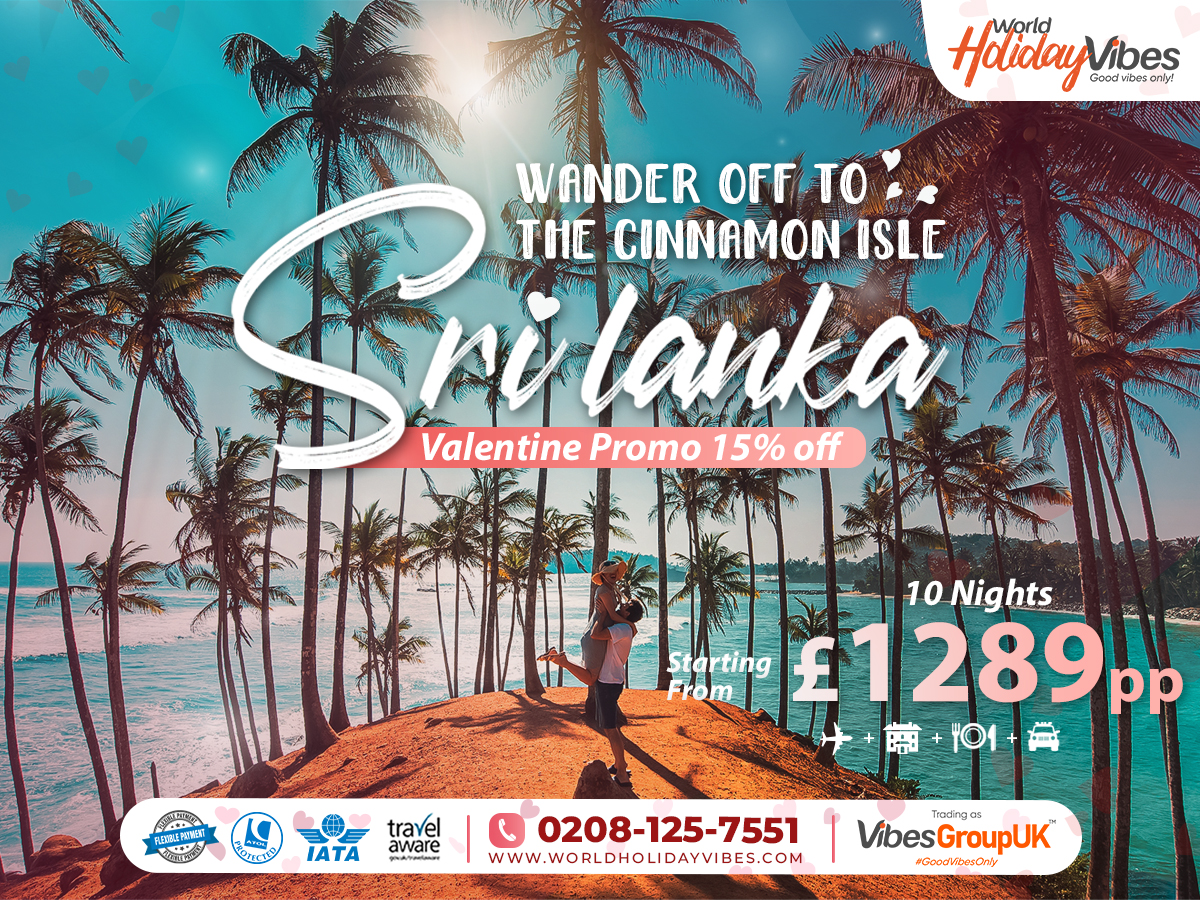

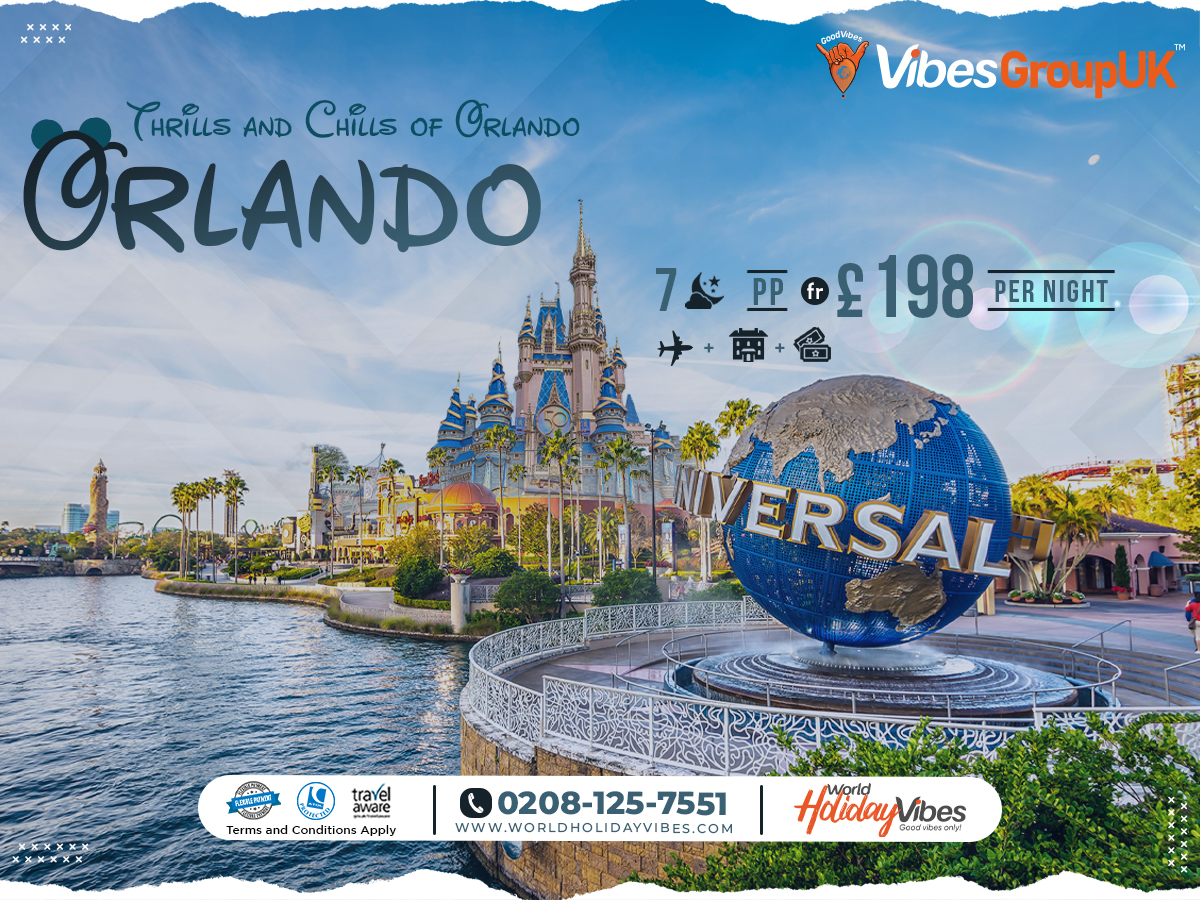
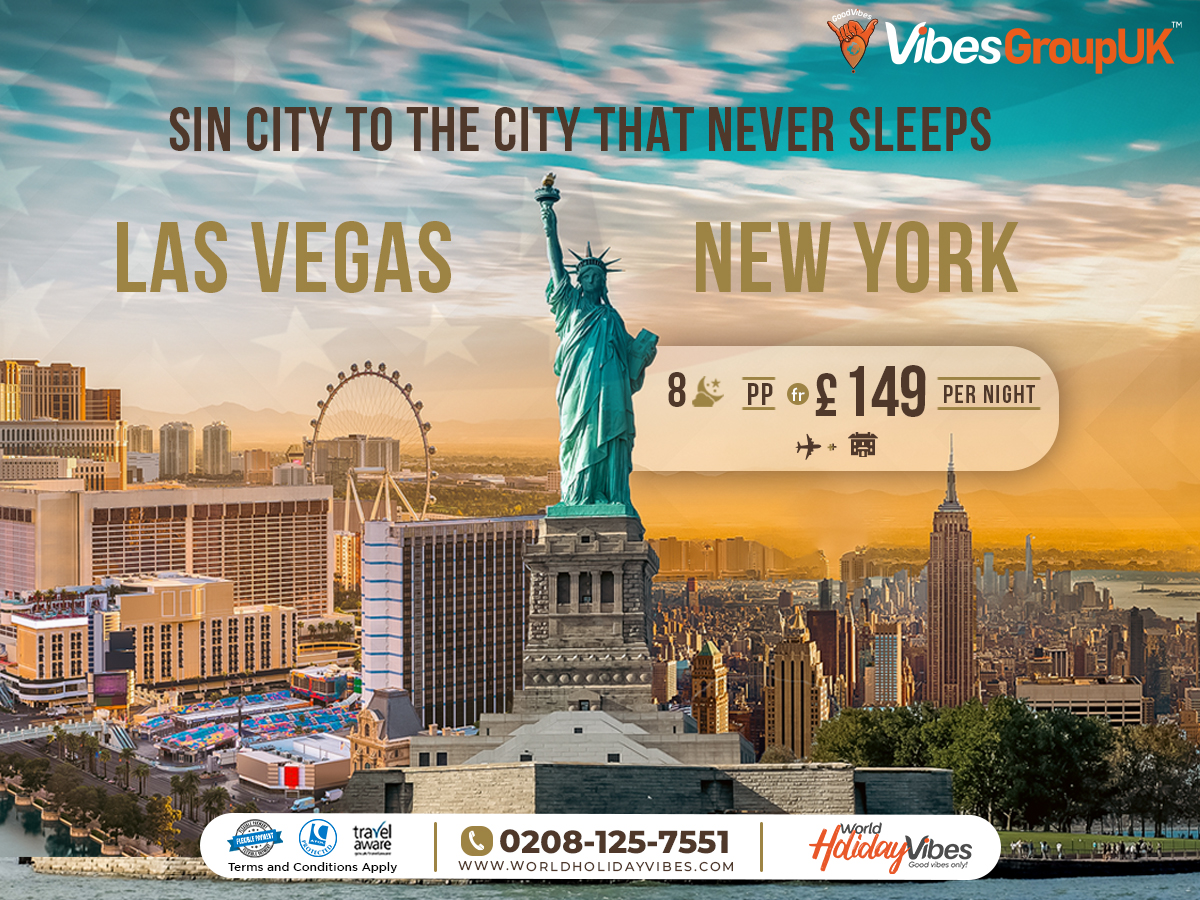
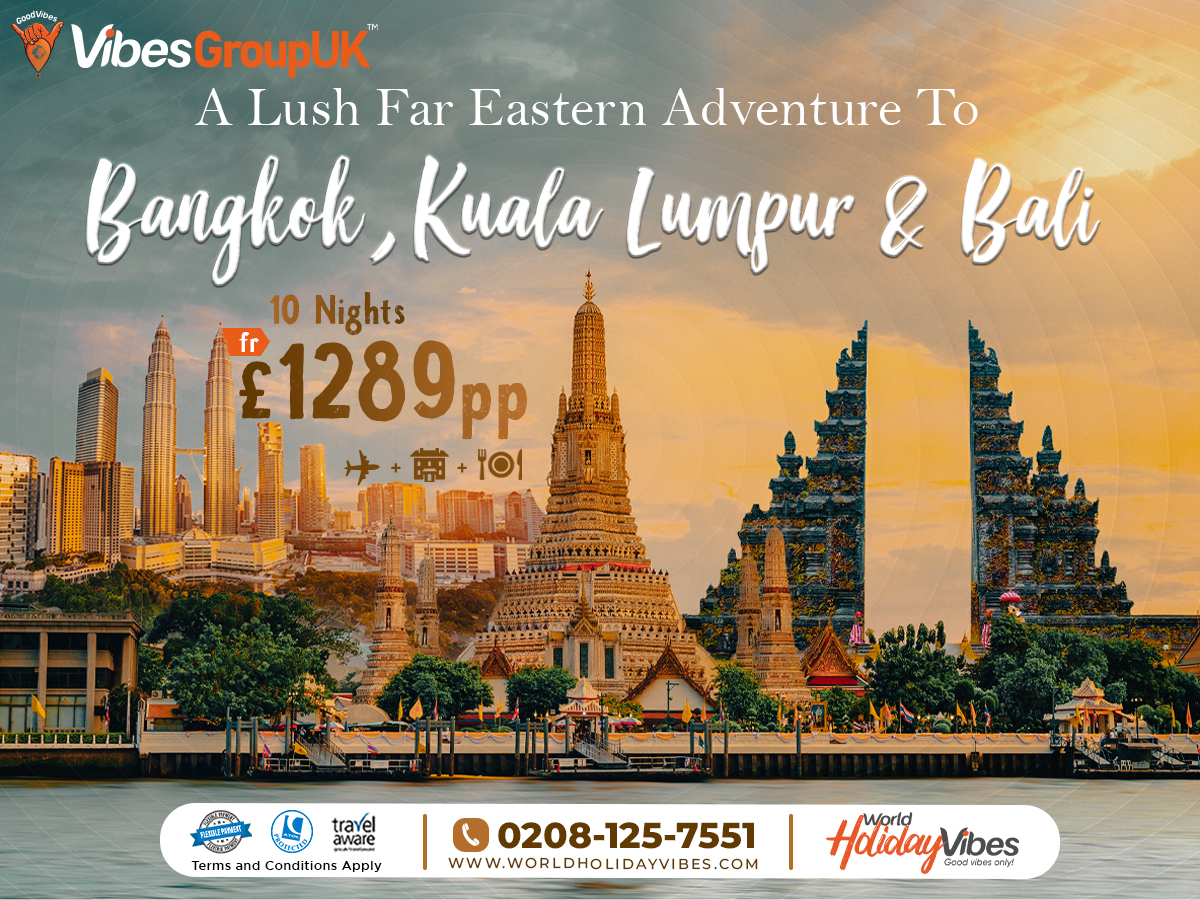

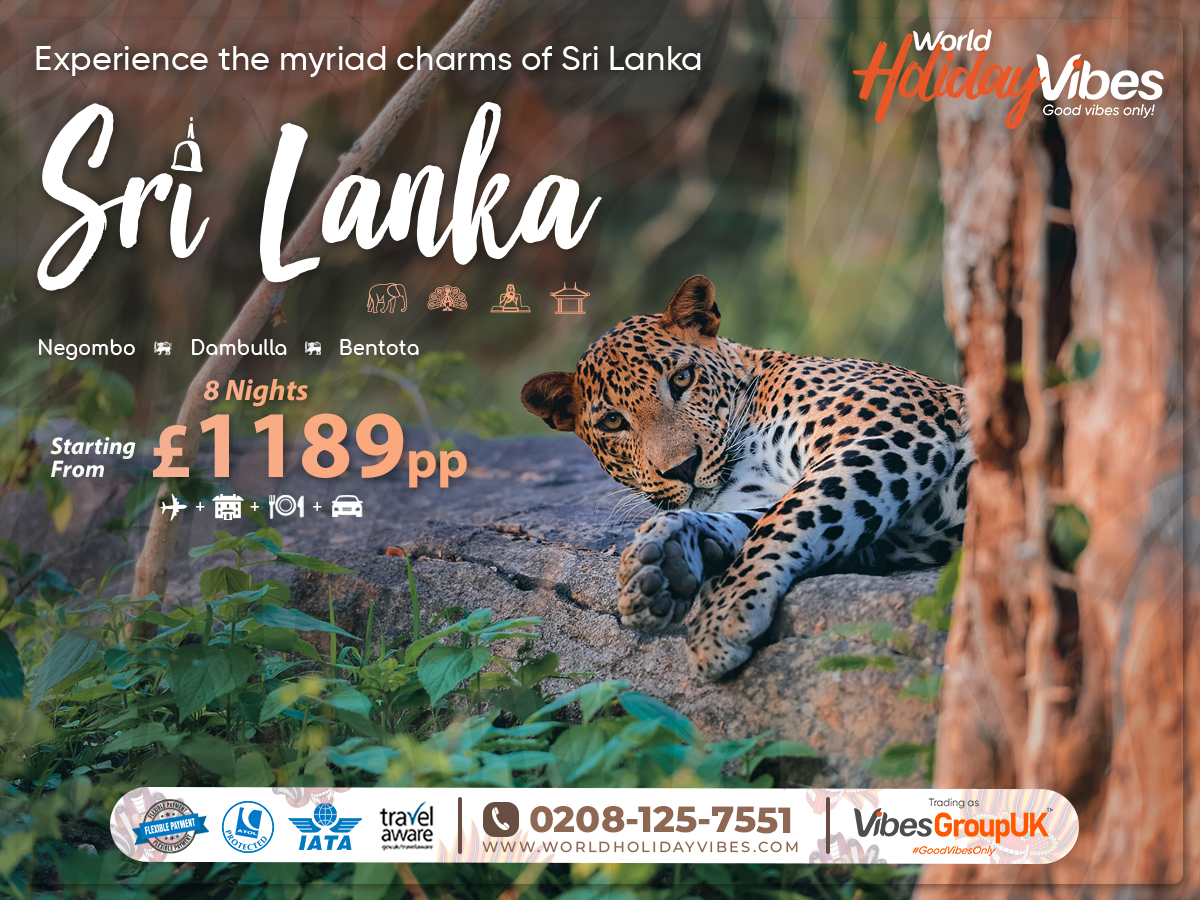
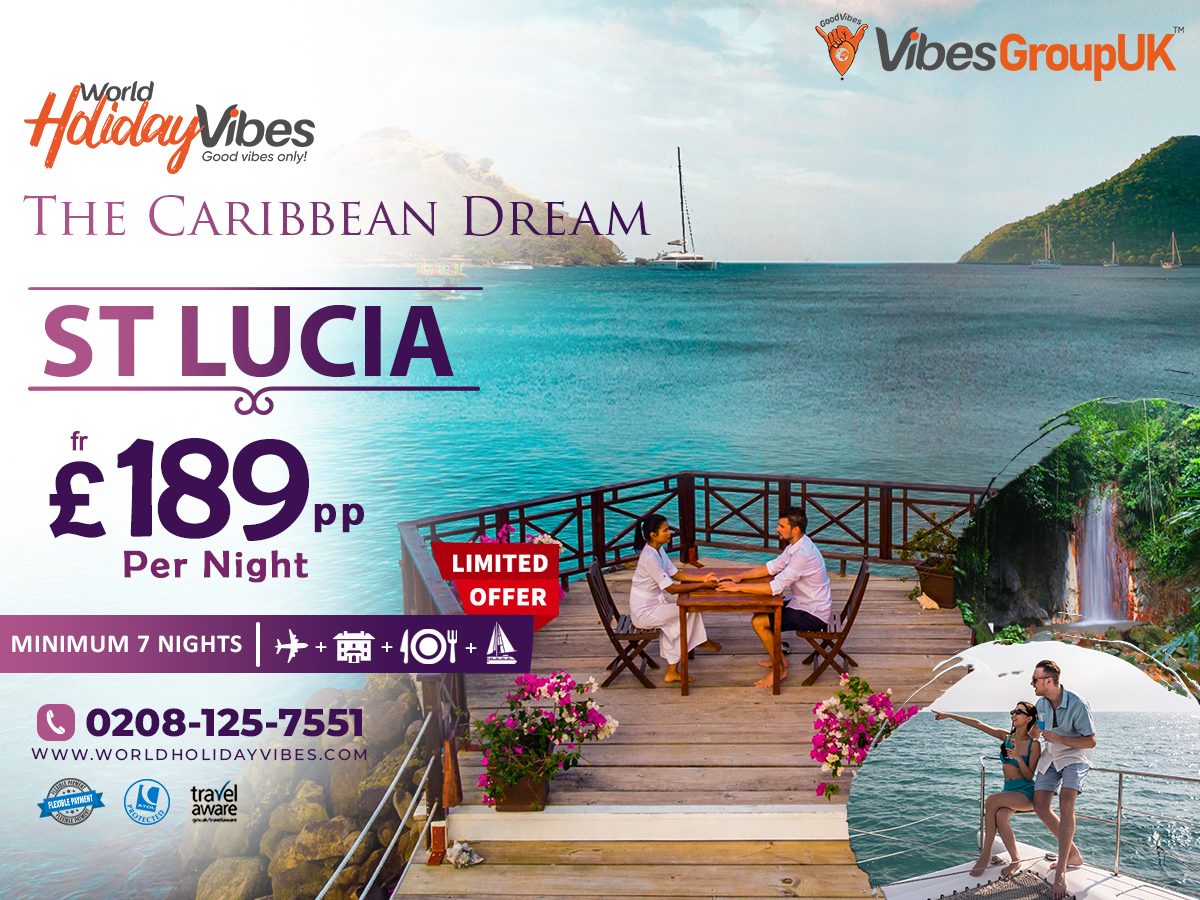

Thanks for a marvelous posting! I definitely enjoyed reading it, you’re a great author.I will
always bookmark your blog and will eventually come back later on. I want to encourage continue your great posts, have a nice weekend!